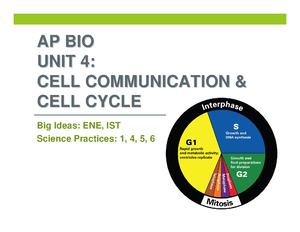- Information
- AI Chat
Was this document helpful?
Production Possibilities
Course: Principles Of Macroeconomics (Gt-Ss1) (ECO 201)
7 Documents
Students shared 7 documents in this course
University: Colorado Mountain College
Was this document helpful?

In business, the Production Possibility Curve (PPC) is used to evaluate the performance of
the manufacturing system when two commodities are produced together. The management
uses this diagram to plan the perfect proportion of goods to be produced to reduce
waste and costs while maximizing profits.
PPC Curve: h
A curve that outlines all possible combinations of total output that could be produced assuming:
- The utilization of a fixed amount of productive resources
- Full and efficient use of those resources
- A specific state of technical knowledge
The slope of the curve indicates the rate at which one product can be traded off to produce
more of the other
Example:
If a company produces 20,000 watermelons
and 1,20,000 pineapples. On the diagram, its
point B. If the production of oranges needs
to be more, then the production of the apple
should be lesser. On the graph, point C
indicates that if it production of watermelons
has to be 45,000, then the company can
deliver only 85,000 pineapples. With this
trade-off, the curve shows the idea of
opportunity cost.
The slope of the curve indicates the rate at which one product can be traded off to produce
more of the other There are three places that we can be on the graph (not the curve but the
entire graph)
A. Efficiency – these are points that lie on the curve
B. Inefficiency – these are points that lie inside the curve
C. Impossibility – these are points that lie beyond the curve










